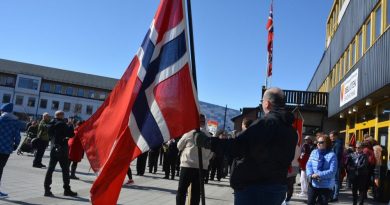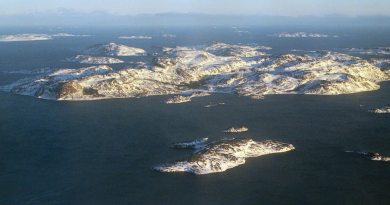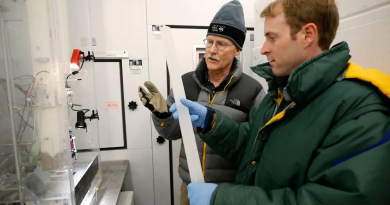Unusual amounts of snow and ice threaten reindeer in Arctic Norway
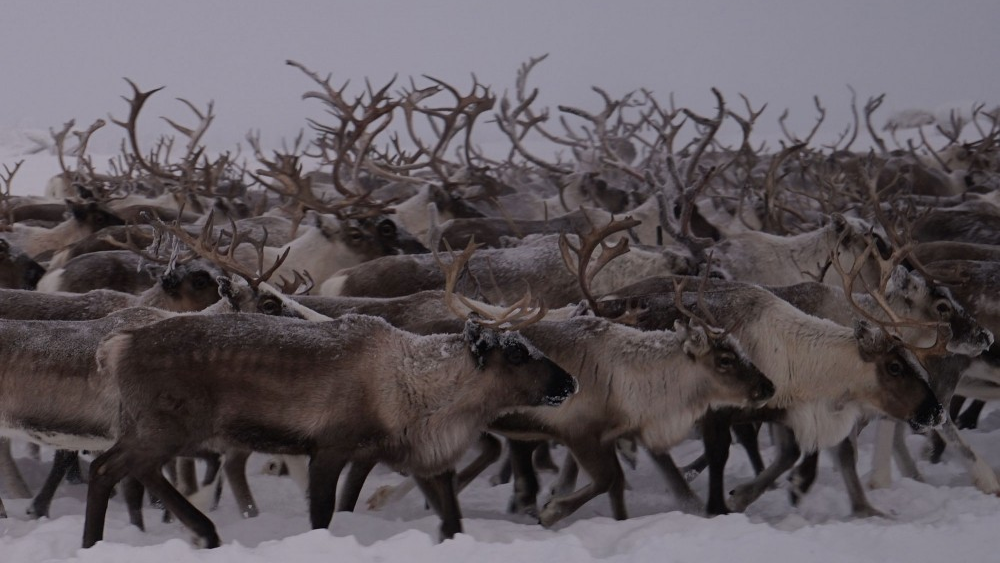
“It’s a serious crisis,” says Elisabeth Aspaker, County Governor of Norway’s northernmost region. She calls on everyone not to disturb the reindeer as “they need all their energy to find food.”
Grazing conditions are very poor this winter as an unusual amount of snow forces the reindeer to dig really deep to find food.
On top of that, mild weather has created layers with ice both in the snow and below, locking lichen into the ground leaving reindeer to starve.
There are about 250,000 reindeer herded by the Sami indigenous community in Norway, of which 180,000 are in Troms and Finnmark county.
Herders have for years warned that climate changes are troubling the animals. Finding food in winter becomes harder, but also migrating from inland to the coast is more challenging since the snow melts earlier in spring, and lakes and rivers freeze later in autumn.
The County Governor of Troms and Finnmark this weekend issued an urgent request to the population, asking for special awareness.
“Everyone has to turn around if they see reindeer, keep dogs in leash and show consideration,” Elisabeth Aspaker says.
“If there are reindeer in the area you are about to enter, either on foot or by snowmobile, turn around at once.”
Many snowmobile routes are closed, and the County Governor urges municipalities not to issue any exemptions from the rules.
Coastal climate goes inland
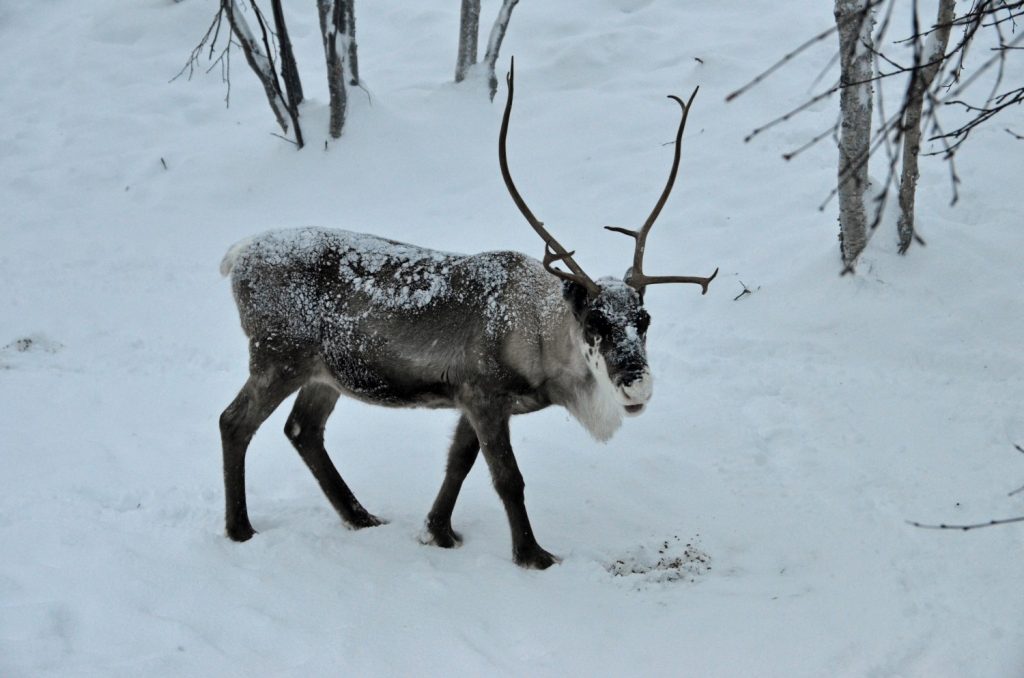
The food is there, but the reindeer can’t reach it under the snow and ice. With climate changes, the continental inland climate with cold and dry winters is more and more becoming like that of coastal Norway, with milder temperatures, even rain mid-winter, and then freezing again causing the layers of ice.
Reindeer have reserves of fat it gets energy from during winter. If disturbed, the animal will use that energy which makes it more vulnerable.
Extreme winters are now the “new normal” in northernmost Scandinavia.
Meanwhile, the Sami herders have to scatter food pellets and haylage to avoid a starvation death among the reindeer.
Related stories from around the North:
Canada: Indigenous government secures $2M to conserve traditional lands in northwestern Canada, CBC News
Finland: Arctic railway dream fades away as Sami herders signal ‘veto’, Eye on the Arctic special report
Russia:Russia: Authorities in northwest Russia move to protect wild reindeer, The Independent Barents Observer
Sweden: Sami indigenous village wins historic land use case over Swedish state, Radio Sweden
United States: US Senate passes bill with funds for missing and murdered Indigenous women, CBC News

